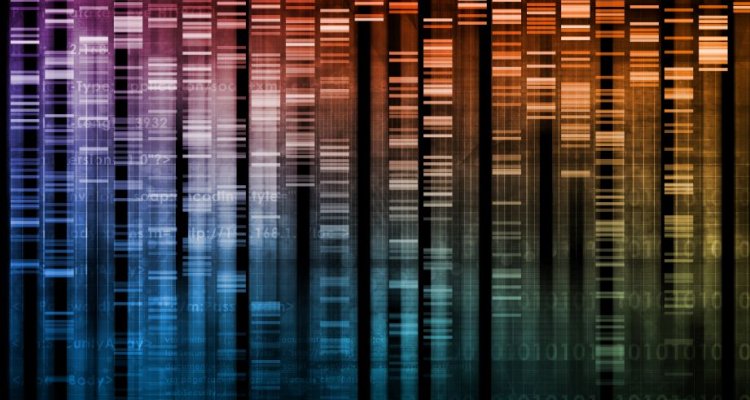
News
Using artificial intelligence to identify chromosomal abnormalities from genotype data
Researchers from Wageningen University & Research, Animal Breeding and Genomics (WUR-ABG) developed a classification model to identify chromosomal aneuploidy abnormalities based on genotype intensity data from SNP arrays.
Chromosome aneuploidy abnormalities are the loss or gain of chromosome(s) in individual cells of living organisms. These abnormalities come in many and varied forms and are most commonly gain or loss of chromosome(s). Aneuploidy usually causes early embryonic losses, still birth, or neonatal mortality. It is a rare phenomenon in liveborn individuals, however sometimes observed in livestock breeding populations. These individuals should be identified not only to exclude them as breeding candidates, but also to explore potential causes and heritable factors of these anomalies to reduce further occurrence.
Automated image classification
Routine identification of aneuploidy based on genotype data is a time-consuming task requiring visual inspection of individual chromosome genotype data plots. The researchers explored the feasibility of automated image classification of such plots to replace the visual detection procedure. Artificial intelligence was used to classify plots of genotype intensity data from each chromosome of any diploid species into three classes: two copies of the chromosome (normal; disomic), one copy of the chromosome (chromosome lost; monosomic) and three copies of the chromosome (chromosome gained; trisomic). Large datasets are required to train artificial intelligence algorithms, which is complicated by the fact that aneuploidy is a rare phenomenon. Therefore, the researchers used three datasets enriched for aneuploidy: a chicken, a cattle embryo, and a fish dataset. The developed classification model provided high accuracy to classify aneuploidy cases based on images of genotype intensity data per chromosome.
Routine screening tool
The resulting classification model was incorporated into a screening tool (named PloidyScreen). Routine screening for aneuploidy can henceforth be added to the utilization of genotypes from SNP arrays without additional costs other than computational costs. This facilitates routine screening, in large diploid populations that are genotyped, to get a better understanding of the incidence and inheritance, as well as avoid anomalies in breeding candidates.
This study was financially supported by the Dutch Ministry of Economic Affairs (TKI Agri & Food project 16022) and the Breed4Food partners Cobb Europe, CRV, Hendrix Genetics and Topigs Norsvin. The use of the HPC cluster has been made possible by CAT-ArgroFood (Shared Research Facilities Wageningen UR).